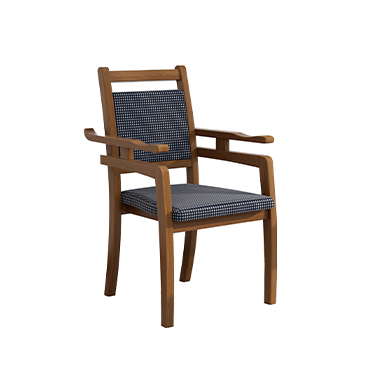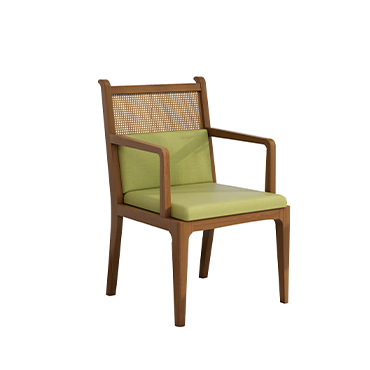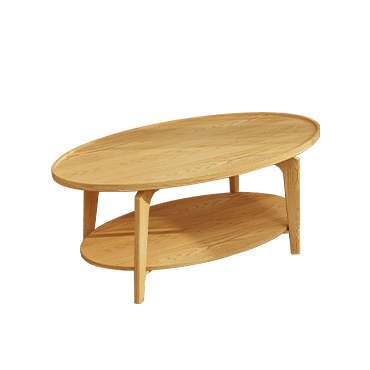Beyond Function: Emotional and Smart Design in Senior Furniture
As society redefines aging, furniture for older adults must also move beyond mere utility. While safety, support, and mobility remain critical, the modern elderly population increasingly seeks products that address deeper emotional needs—comfort, identity, dignity, and connection. At the same time, technology is opening new possibilities, enabling furniture to not only serve but also respond, monitor, and even comfort.
Emotional Design: From Clinical to Comforting
Historically, senior-friendly furniture often looked and felt like hospital equipment—functional, but cold and impersonal. This kind of design unintentionally reinforces dependency and decline.
Today, emotional design plays a key role in reshaping the perception of aging. Senior furniture now adopts warm color palettes, familiar materials like wood and fabric, and forms that blend seamlessly into modern home aesthetics. A well-designed chair or bed should not remind the user of their limitations, but instead create a sense of security and warmth. Emotional design acknowledges that aging individuals, like all people, value beauty, style, and a sense of belonging in their living space.
Psychological Wellbeing Through Subtle Detail
Furniture can be a powerful medium for emotional reassurance. A quiet motor on an electric recliner ensures restful sleep without disturbing background noise. Soft, tactile upholstery provides a comforting sensory experience. Automatic night lights that gently illuminate when movement is detected help prevent disorientation or falls—while also reducing anxiety for those living alone.
These seemingly small features make a significant impact on mental wellbeing. When furniture helps users feel safe, independent, and in control, it directly supports emotional health.
Smart Integration: Technology That Cares
Technology is transforming senior living in profound ways. Furniture is now being embedded with smart sensors and connectivity features, enabling proactive care and communication.
For example, beds can track sleep quality, heart rate, and body movement, sharing data with family members or healthcare providers. A smart recliner might detect irregular posture or inactivity, triggering gentle reminders or alerts. Cabinets can include RFID or motion-sensor access to medication trays, reducing the risk of missed doses.
These smart functions are particularly valuable for older adults living alone or in distant families. Furniture becomes not only a support device, but also a bridge between users, caregivers, and medical networks—offering peace of mind and real-time responsiveness.
Respecting Autonomy Through Design
Perhaps the most important shift in senior furniture design is its emphasis on autonomy. True independence doesn't mean doing everything alone—it means having control over one's choices, space, and dignity.
Smart features should be discreet, not intrusive. Users should feel empowered, not monitored. Emotional design should affirm life, not loss. When these principles guide product development, furniture becomes more than a tool—it becomes a daily companion that honors both the physical and emotional journey of aging.
Conclusion: Designing with Empathy and Intelligence
Senior-friendly furniture is no longer just about “assisting.” It’s about designing with empathy. From mood-enhancing color choices to real-time health alerts, the best designs combine emotional sensitivity with smart technology. In this new paradigm, furniture becomes a partner in aging—not only keeping older adults safe and mobile, but also connected, confident, and emotionally fulfilled.





